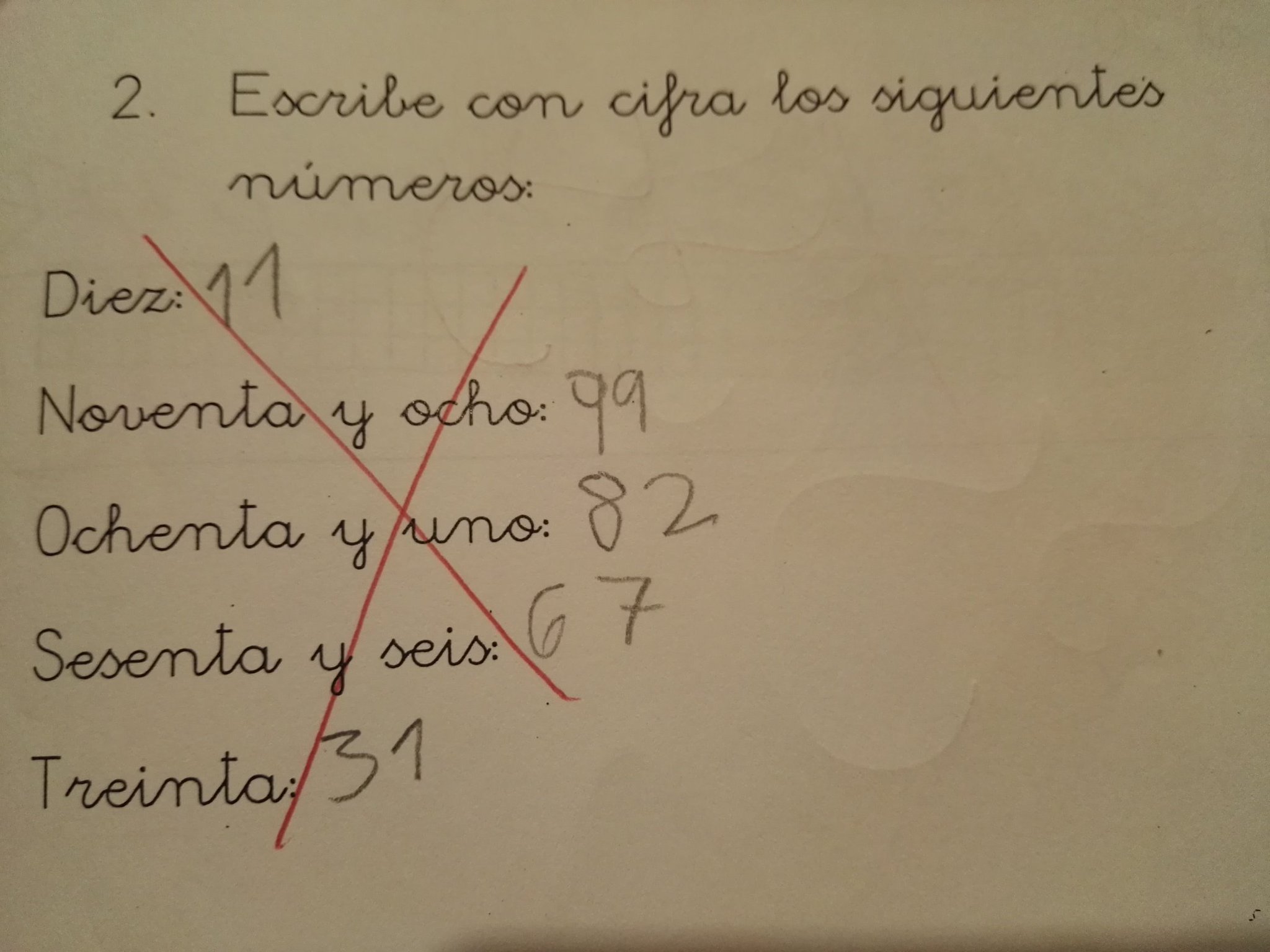
The American Karen Keskulla Uhlenbeck has become the first woman to win the Abel Award, a recognition considered to be the 'Nobel of mathematics', in the decade and a half of the award's history.
The Norwegian Academy of Sciences and Literature stressed that Uhlenbeck, attached to the University of Austin (USA), is one of the founders of modern geometric analysis and that her perspective has been implemented in mathematics and has led to some of the "most spectacular" advances in that field in the last 40 years.
The techniques and methods of global analysis developed by Uhlenbeck are part of "the toolbox of every geometer and analyst" and their work is also the basis of contemporary geometric models applied in mathematics and physics. "Her theories have revolutionized our understanding of minimal surfaces, such as that formed by soap bubbles, and general minimization problems in higher dimensions," said committee chairman Hans Munthe-Kaas.




